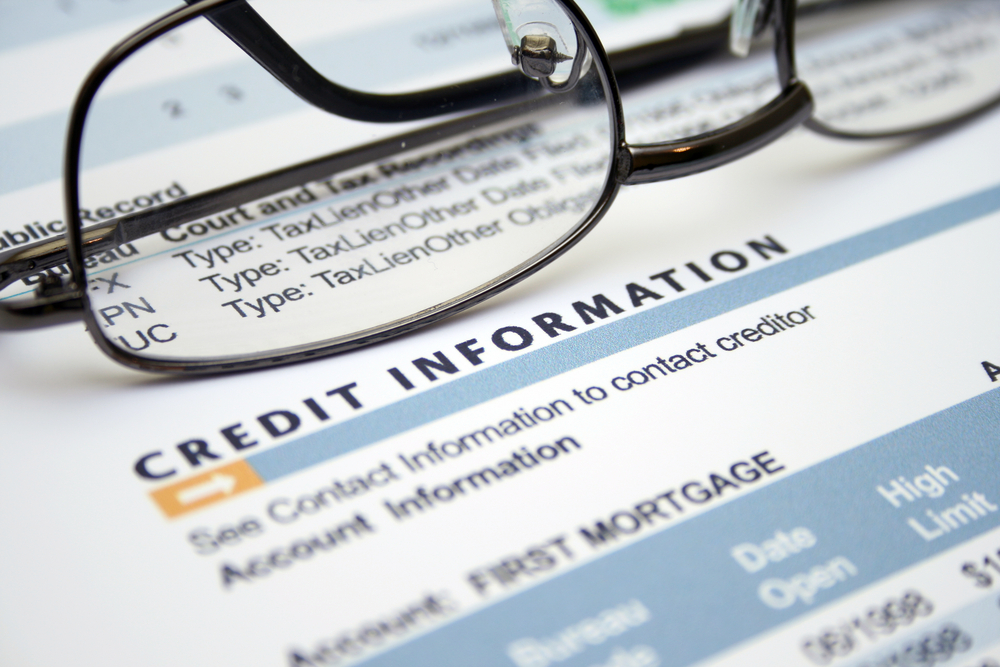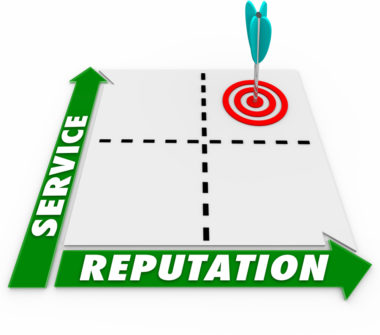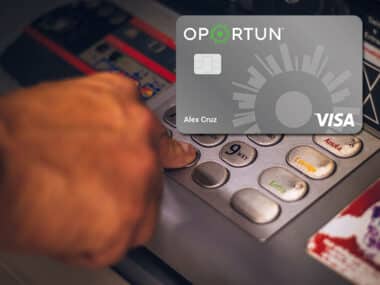If you filed for bankruptcy, you can’t remove it from your credit report unless an error occurred that caused the wrong information to be listed, such as in extremely rare instances of identity theft or clerical errors. Otherwise, there’s no way to remove the bankruptcy from your report.
While there are many reasons to file for bankruptcy, and the process alleviates many of your debts, having a bankruptcy on your credit reports will continue impacting your score for the next seven to 10 years. The good news is there are ways to minimize the mark’s impact on your reports, which we discuss below.
Table of Contents
Removing Bankruptcy From Your Credit Report
Depending on your previous credit score and various other factors, having a bankruptcy listed on your reports can drop your credit score between 100 and 240 points. Because of this impact, it’s essential to remove the bankruptcy from your reports as fast as possible, if you can.
Let’s take a brief look at each of your options.
Review Your Credit Report
First, you should download copies of each of your free credit reports from the three reporting bureaus (TransUnion, Equifax, and Experian). You get one free report every 12 months, which you can download from the federally backed site AnnualCreditReport.com.
Once downloaded, you’ll need to scour each of your reports for errors. These could be accounts that a creditor mistakenly added, clerical inaccuracies for otherwise legitimate debts, or even instances of identity fraud.
File a Dispute
If you find errors related to your bankruptcy on your reports, you can file a formal dispute letter with each of the three bureaus to have the errors removed. Your letter should include information like:
- Your name, address, date, and contact details (e.g., phone, email);
- The creditor’s name;
- A clear statement indicating the debt isn’t yours;
- A request to avoid reporting the debt to the reporting agencies until they verify it’s yours;
- Copies of records that indicate the debts aren’t yours, if any;
- Your signature.
If you need help, you can use our dispute letter template. But before you send the letters, make sure to keep copies of your letters in a folder that’s easily accessible.
File a Verification Request
According to a 2019 report from the Consumer Financial Protection Bureau, 45% of the more than 75,000 debt collections complaints filed with the agency related to attempts to collect debt not owed.
This is where a federally mandated verification request (also known as debt validation letter) comes in and works to authenticate what you owe, where the debt comes from, and that you’re the legal owner of the debt.
Upon your request, debt collectors are federally required to respond to your debt validation letter within 30 days. Then, you have another 30 days to file a dispute letter discussed above, if applicable.
Send a Letter to the Court Administrator
Courts don’t automatically verify bankruptcy information with the three credit bureaus and instead posts the information in public records. Therefore, if a bureau claims it verified your bankruptcy with the court, this might not be the case.
To confirm, you can send the court administrator a letter and ask about their process for verifying debt with each bureau. If they confirm they haven’t verified your debt, you may have a chance to remove the bankruptcy from your credit report.
Two Main Types of Bankruptcy on Your Credit Report
There are two types of bankruptcy, which can give you a fresh financial start. Let’s take a closer look at the differences between each.
Chapter 7 Bankruptcy
Also known as liquidation bankruptcy or straight bankruptcy, Chapter 7 bankruptcy is a last-resort process that helps clear much of your unsecured debt and takes about three to six months to complete.
Often, you’ll settle with creditors for less than the amount you owe, although the court will require you to liquidate some of your non-exempt assets to pay off your remaining debt. If you don’t have enough assets to repay as agreed, the court can garnish your wages (although not during the bankruptcy process).
Once you repay non-exempt debts, which you might have settled for lower amounts, the Chapter 7 bankruptcy process is complete.
Still, filing for Chapter 7 bankruptcy is expensive, and it will negatively impact your credit score.
Chapter 13 Bankruptcy
Chapter 13 bankruptcy, also called a wage earner’s plan, relieves any individual, in most circumstances, from medical and credit card debt. The process also reschedules secured debts such as your mortgage.
Chapter 13 bankruptcy allows you to repay all or part of your debt during a period of three to five years, depending on your income. During this time, creditors cannot send these debts to collections.
One of the most significant differences between Chapter 7 and Chapter 13 is that Chapter 13 allows you to prevent foreclosure on your home. And while Chapter 13 allows for some business-related debt relief, this option isn’t available for companies.
How Long Does a Bankruptcy Stay on Your Credit Report?
If you don’t find errors that allow you to remove it, bankruptcy negatively impacts your credit score for seven (Chapter 13) to 10 (Chapter 7) years.
A bankruptcy on your credit report indicates to lenders that you put yourself in a financial situation you couldn’t maintain. Consequently, they’ll consider you a much more significant credit risk than someone without a bankruptcy.
Fortunately, once the bankruptcy falls off your credit report, it will not reappear.
How Does Bankruptcy Affect Your Credit Score?
Precisely how much bankruptcy impacts your credit score depends on various factors, including your score before filing (it has a greater impact on higher scores than it does for lower scores) and the type of bankruptcy you file.
Regardless of the nuances, a lower credit score caused by bankruptcy means that you won’t qualify for prime mortgage rates. Many lenders might decline you outright. Much of the same holds for auto and personal loans, as well as credit card rates and introductory offers.
The good news is that it’s possible to rebuild your credit after filing for bankruptcy.
Tips for Rebuilding Your Credit After Bankruptcy
Although it will take a while to rebuild your credit after filing bankruptcy and improve your credit score, the methods for doing so are straightforward and easy to follow:
- Check your reports for errors and dispute them;
- If you want someone else to handle the burden of reaching out to your creditors, you can hire a credit repair firm;
- Create a budget that allows you to pay your bills on time and prevents you from falling into a similar financial situation again;
- Sign up for a credit monitoring service that monitors your information and notifies you any time a change occurs;
- Apply for a secured credit card, which requires that you deposit an amount equal to your credit limit, which can increase your score;
- If you’re approved for a standard credit card or other credit-builder loans, keep your utilization rates (your balance compared to your total credit limit) low.
Image Source: https://depositphotos.com/





